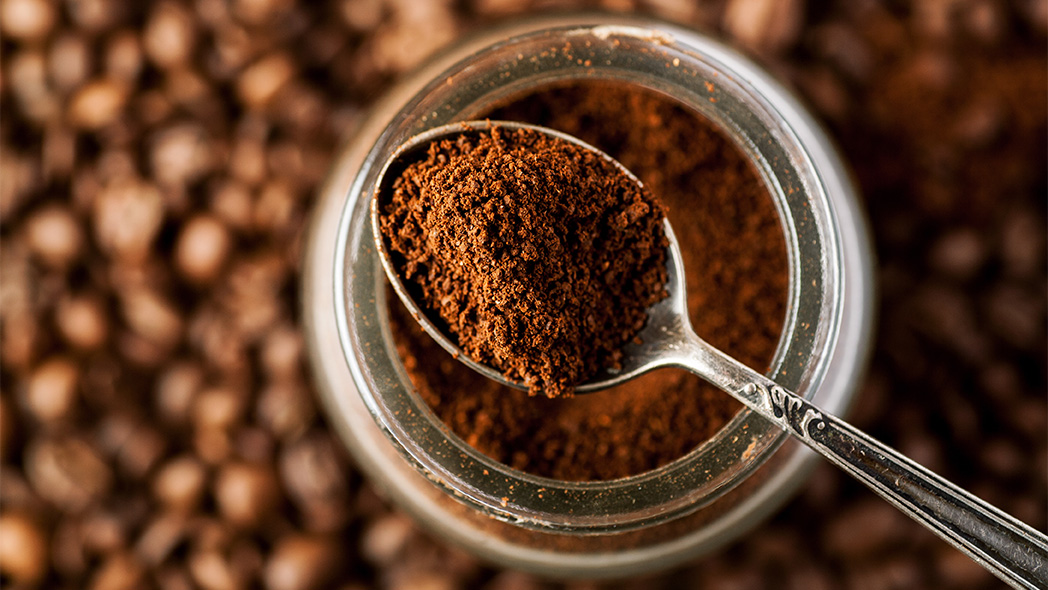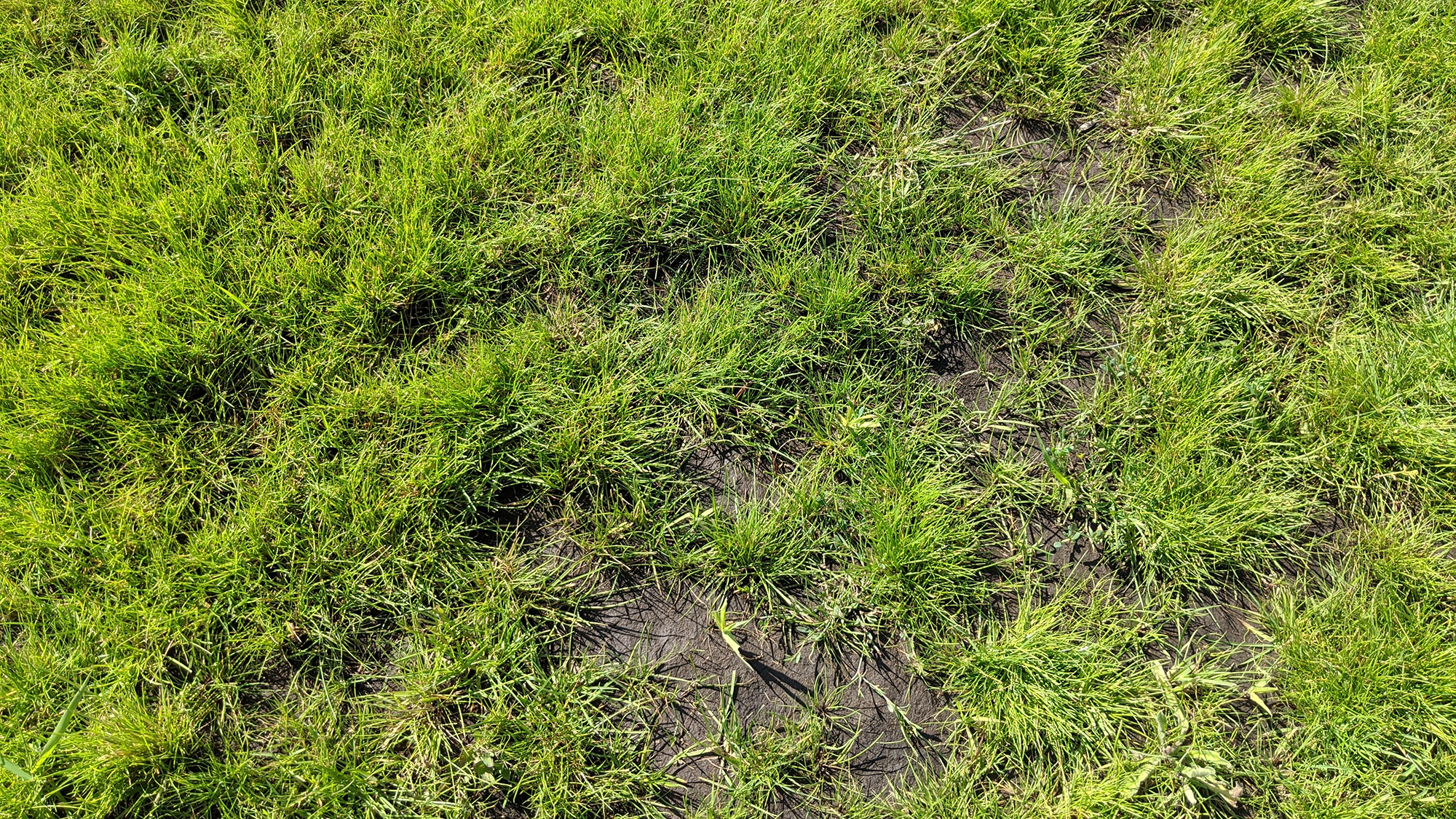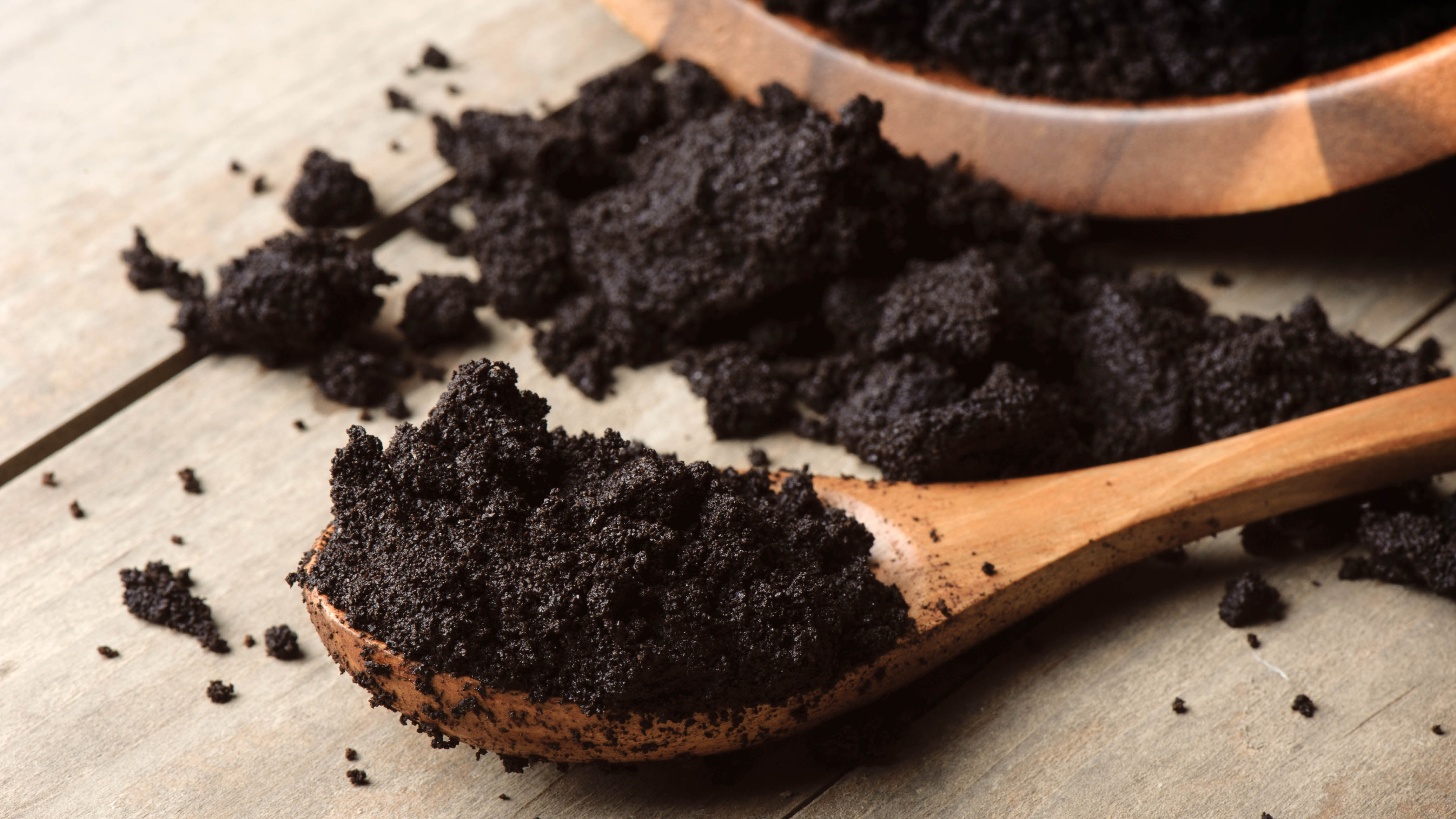How to use coffee grounds as lawn fertilizer — 5 tips for a lush lawn

That morning coffee habit might be doing more than just waking you up — it could be the key to a healthier, greener lawn.
Instead of tossing used coffee grounds in the bin, savvy gardeners are spreading them across their grass for a natural fertility boost that rivals expensive synthetic fertilizers.
Coffee grounds contain essential nutrients, like nitrogen and phosphorus, that grass craves, making them an excellent slow-release fertilizer. They're particularly effective for addressing common lawn problems like bare patches and lackluster color, helping you achieve greener grass than ever.
Unlike harsh chemical alternatives, coffee grounds provide gentle, long-lasting nourishment without any negative side effects. This simple reuse hack transforms waste into premium lawn care, proving that the best fertilizer solutions are often hiding in plain sight.
Here's how to use coffee grounds as lawn fertilizer.
1. Collect coffee grounds

If you're a big coffee lover, start by saving your own grounds at home from your daily brews. However, you'll need quite a bit to cover a decent-sized lawn, so if you want a bigger supply, ask local cafes, coffee shops, or petrol stations with coffee machines.
Many are happy to give away their used grounds for free since it saves them disposal costs. Store collected grounds in a container and use them within a week or two to prevent mold growth.
2. Apply grounds directly to your lawn

The simplest application method is to scatter the coffee grounds directly onto your grass. For more controlled distribution, try making a DIY bucket spreader: drill several holes in the bottom of a small bucket, fill it with coffee grounds, then carry it back and forth across your lawn while shaking to distribute the grounds evenly.
Alternatively, you can simply toss handfuls of grounds and let them fall where they may. Don't worry about precision — the fine, dark brown grounds will blend in with the soil and become virtually invisible once spread.
The key is avoiding large clumps that could smother grass patches. Earthworms will gradually work the grounds into the soil, aerating your lawn and encouraging beneficial microbial activity in the process.
These gardening gloves provide an excellent grip and have a comfortable fit around the wrist, plus they are breathable and machine washable and available in three sizes. They are perfect when you need a medium-duty gloves that provides dexterity. Plus, they come in a pack of two.
3. Rake or sweep for even distribution

If you notice clumps of coffee grounds after spreading, use a rake or broom to sweep them across the grass for more even coverage. This prevents any areas from getting too concentrated with grounds, which could potentially block sunlight from reaching grass blades.
A light raking also helps work the grounds down into the grass canopy where they can start breaking down and releasing nutrients.
4. Mix with water for liquid application

For easier, more controlled application, mix about 500g of coffee grounds per 20 liters of water to create a liquid fertilizer. This method ensures even distribution and allows the nutrients to reach grass roots more quickly.
You can apply this mixture using a watering can or sprayer system during your regular lawn watering routine. The liquid method is particularly useful for targeting specific areas that need extra attention.
5. Reapply every month or so

Coffee grounds work as a slow-release fertilizer, gradually feeding your lawn over time rather than providing an immediate nutrient burst like synthetic fertilizers. For optimal results, reapply coffee grounds every month or two throughout the growing season.
This consistent feeding schedule will help maintain steady nutrient levels in your soil and promote stronger, healthier grass that stays greener for longer.
Now you've learned how to use coffee grounds as free fertilizer, why not take a look at our other useful gardening guides?
For lawn maintenance, check out how to stop ground ivy taking over your lawn and 7 tips to banish weeds from your lawn that won't harm the grass.
Get instant access to breaking news, the hottest reviews, great deals and helpful tips.
And if you're BBQ-ing this summer, don't miss how to turn any grill into a non-stick surface using this one kitchen staple.
More from Tom's Guide
- Remove air fryer grease the easy way — all you need is a dishwasher tablet
- How to grill in an air fryer — 7 steps for perfect indoor grilling
- How to attract bees to your backyard — 7 pollinator-friendly plants

Kaycee is Tom's Guide's How-To Editor, known for tutorials that skip the fluff and get straight to what works. She writes across AI, homes, phones, and everything in between — because life doesn't stick to categories and neither should good advice. With years of experience in tech and content creation, she's built her reputation on turning complicated subjects into straightforward solutions. Kaycee is also an award-winning poet and co-editor at Fox and Star Books. Her debut collection is published by Bloodaxe, with a second book in the works.
You must confirm your public display name before commenting
Please logout and then login again, you will then be prompted to enter your display name.

